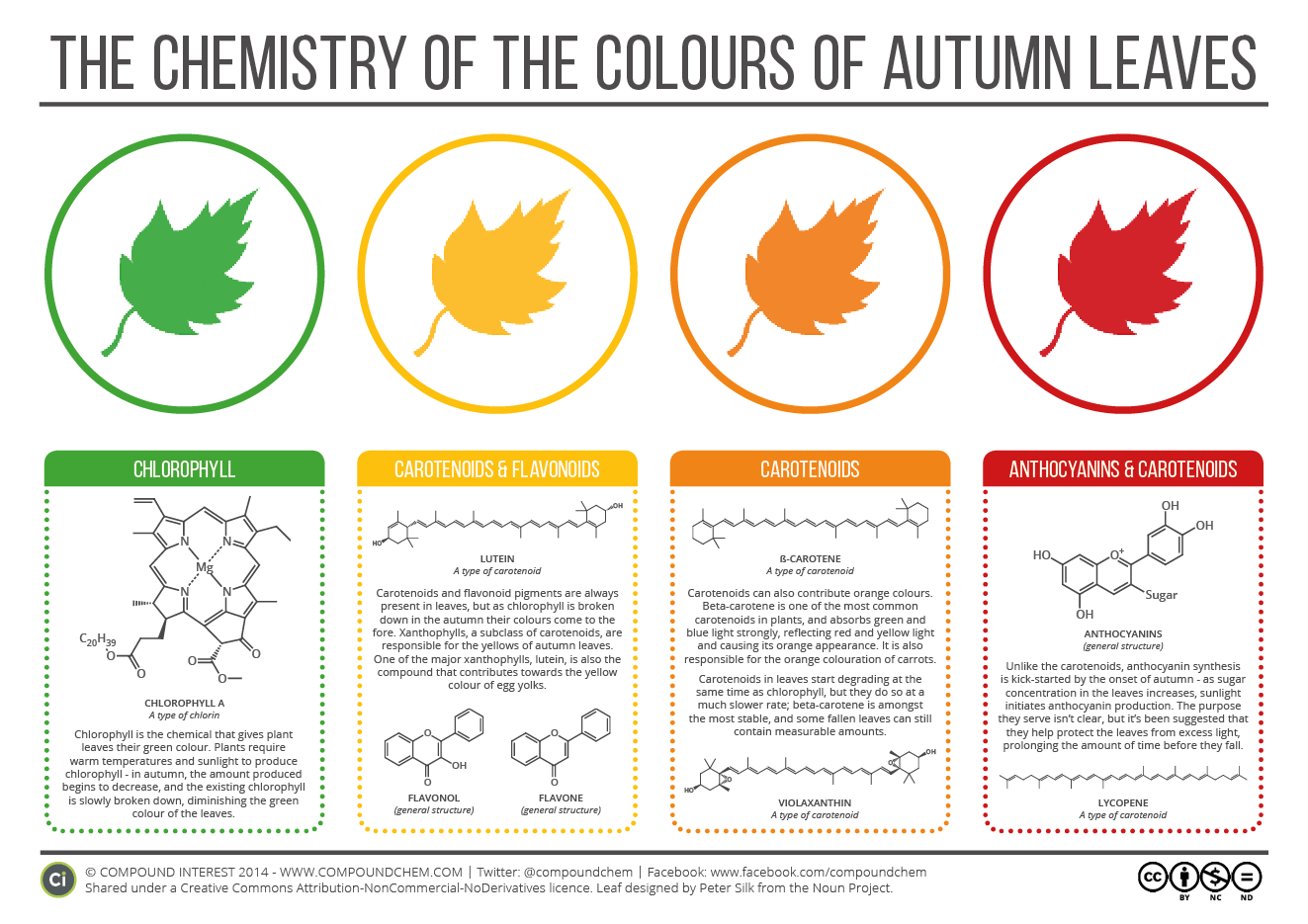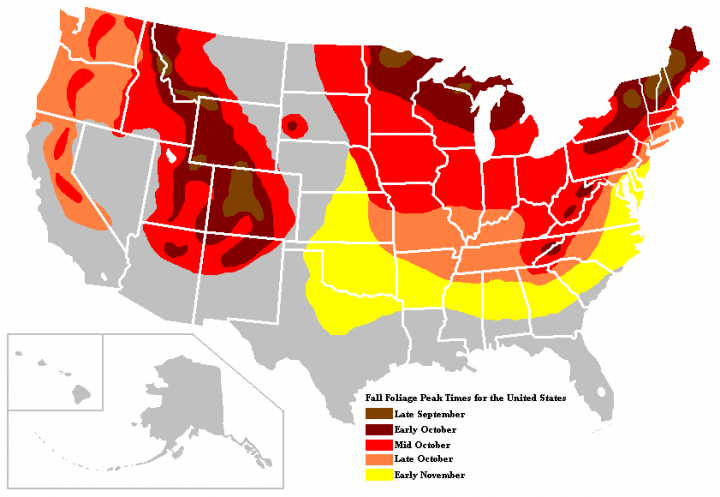Will the Wonky Weather Impact Fall Display?

By: Sue Zwolinski, Certified Arborist
As the warm days of summer fade into the cool days of fall, thoughts of campfires and Halloween replace the laid-back days filled with fun in the sun. Often the conversation will turn to apple picking, pumpkin patches, and especially where to see the best fall color displays. Many states and agencies try to predict when the peak color displays will happen but there are many factors that impact when the trees will change and just how long they will stay that way. Given the less than favorable weather this summer, I’ve been asked on several occasions if that will have an impact on the fall color display this year. To answer that question we need to get back to the basics on why fall color change happens and the factors that impact it.
Why Do Leaves Change Color?
I’m going to have to go a little bit scientific here to explain this, but leaves change color as a result of a decrease in daylight. As days get shorter, photosynthesis slows down which causes a reduction in the pigment that is responsible for absorbing light. That pigment is chlorophyll and is typically green in color. As chlorophyll production declines going into winter, other pigments, like red, orange, yellow, and even purple become more visible. The veins of the leaves will also narrow in fall which results in sugars that are produced in the leaves during the day not traveling down into the trunk and roots but rather remaining in the leaves. This helps to create the brilliant, pure color we love to see.

How Does the Weather Effect the Color Change?
Temperature and other weather conditions don’t really impact when leaves change color, but they CAN impact how vibrant those color changes are. The most brilliant color displays happen when there is a string of warm, clear, sunny days followed by cool evening temperatures. During the warm days, the leaves make lots of sugars, but the sugars remain in the leaves. When those sugars stay trapped in the leaves, the result is bright yellow, red, or crimson color.
Rainy weather during the summer can also help the fall color display be more spectacular. Summer rains keep the soil consistently moist and reduce drought stress. This prolongs the color display because trees that have not been stressed during those months will likely hold their leaves longer which results in a more brilliant fall color display. On the flip side, rainy, windy fall weather can knock leaves off the trees before they have had a chance to develop their fall colors which shortens the overall length of time we would see fall color.
What Else Effects Fall Color Displays?
Other factors that can affect color are species of trees. Trees such as Sycamore, Birch, Locust, and Walnut tend to change very early in the season and may even be completely defoliated by the time other trees like Oaks and Maples change color. Plant health is also a factor. Damaged or diseased trees will often change color earlier or drop the leaves prematurely as a result of internal stresses. In isolated areas, this can decrease the length of time we see fall color.
So when will fall color be at it’s best in your area? Again, there are so many variables, that it can be hard to predict so check out your local state websites, watch the weather, and see if you can predict the best time to venture outdoors to see the local color displays. It is guaranteed that no two years will be the same!







